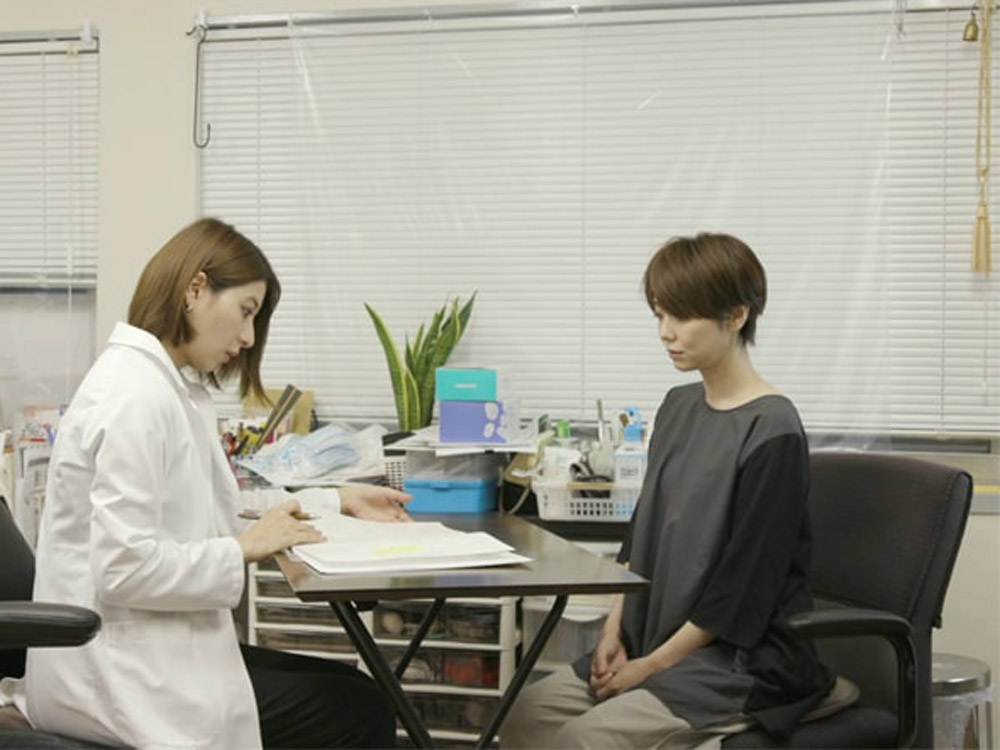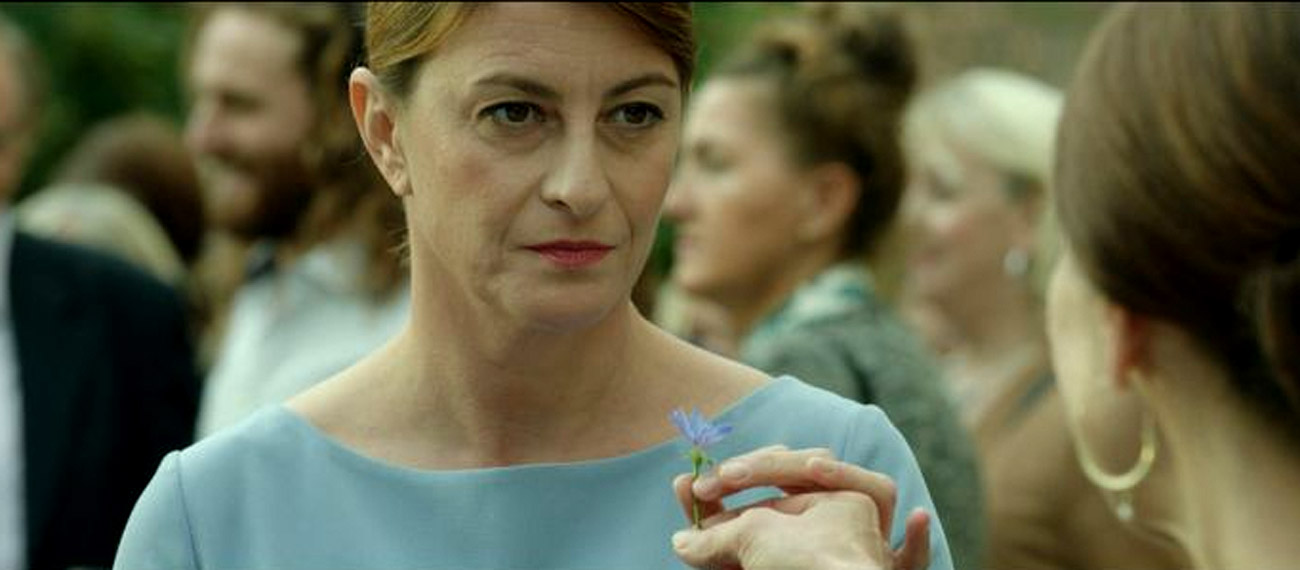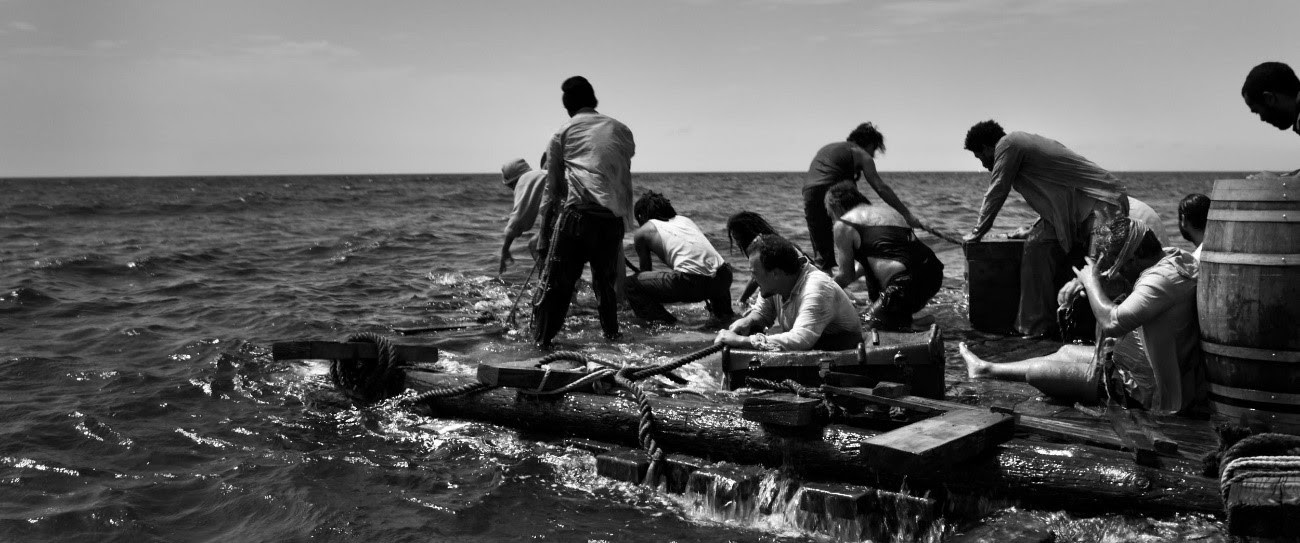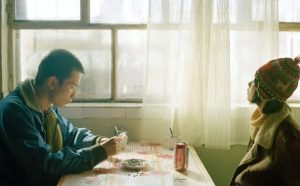Software Dissonance, or Global Cut
The program of the 43rd Moscow International Film Festival turned out to be somewhat dissonant. There was everything here: from the most daring examples of director’s formalism to the perfect and obligatory political film, from reflections on the already classical topics of our time to new conclusions of comprehending the eternal philosophical problems. These dissonances divided the program into cinematic coalitions, on the one hand, and, on the other, made a cinematic cut like an anatomical one. Another advantage of the competition program’s diversity was the spotlight on important trends in contemporary cinema, the analysis of which makes it clear that the main thing is not the exclusivity of either form or content, seen separately.
If we analyse the program from the point of view of how films orient themselves towards the viewer, their classification would show the range of programmatic fluctuations from radical artistry to outright conjuncture. Two tendencies of the main competition are directly related to the artistic priorities of the picture, and therefore to their potential implementation on movie screens.
THE SOUND OF MODERNITY
The most spectators’ films were gesturing towards new and not very thematically-focused realities: grasping gender confrontation – Him (Han, 2021), the relationship between fathers and children – A blue flower (Plavi cvijet, 2021), The women (On’na-tachi, 2021), The son (Pesar, 2021), questions of a new reality – Joyful mystery (Santhoshathinte onnam rahasyam, 2020), #dogpoopgirl (2021).
Honey, cheese, five women, pastoral image almost reminiscent of Miyazaki – all this can be found in the Japanese film The Women. While pastoralism is perhaps the only tangible advantage of this picture, it’s also the case that pictorial tradition does not always mean good. The Japanese film had more problems than advantages. Even the fem-agenda, developing in several planes of relations between women and women, women and men, did not advance its case. The main line of conflict is, of course, a relationship between a paralyzed mother with a bad temper and her daughter. Comparison of the main character’s story with the absolutely conflict-free existence of her friend, apparently due, in some way, to imbue the portrait of a modern Japanese woman the depth and shades, refused by her parents (her father committed suicide) and men (a typical theme of not only physical, but also spiritual sterility). The whole problem lies in the blurred narrative structure, while winding up the conflict from scratch. In total, the reach for a desired existential level has failed.
Similarly, A Blue Flower also failed. What is striking is that up to its climax, the film was virtually impeccable in visual terms. A panoramic camera snatched fragments of the main character’s life from the flow of real life. But the intensity of the stylish and restrained culmination holiday scene, as a carnival of people’s destinies and portraits in the life of the main character, is then leveled out by pronouncing a generational issue in the denouement of the film. Also, a very precise stylistic device of composing a fictional dialogue between mother and daughter is destroyed by the attempt of the filmmaker to “finish talking” about the ever-topical subject matter a la “we don’t keep what we have.”
The conflict between generations is indirectly affected in Him, but to a much lesser extent. This film is about the role of modern men, an attempt to clarify the dispositions of masculinity and those of its representatives, who were previously known as “the stronger sex.” Its lively storytelling is expressed in a simple pictorial form. But the novel structure of the film, which recounts the stories of three men at different periods of their formation, falls apart, disturbed by the lack of connection between the main characters. In an attempt to portray the boy’s character as a future sexist (as a screenwriter-director) or an emotional terrorist (as an unemployed guy), the film exacerbates its social overtones, and reduces the film’s cinematic incarnation to a flat narrative.
Let’s move on to the most popular social signs of our time. #Dogpoopgirl is one of the most trivial online bullying stories of our time. The film is guilty of reducing the developed conflict to a plane of absurdity that is more comfortable for parsing plot lines. And in regards to the traditions of Romanian cinema, the picture turned out to be not “toothy” enough.
Intimacy is another sign of contemporary cinema. And if The Son (Pesar) is made in the traditions of Iranian cinema with a strong focus on its characters, good visual arrangement of the frame with speaking reflections and an obvious tradition of focus on cinematography, then the Indian film Joyful Mystery is more akin to an attempt at adapting to new realities and screen formats. A very simple visual solution (the entire film is shot in one static take), the plot is built not solely on understanding the tendencies of a relationship between a man and a woman, but also on paralleling between the past and present perceptions of the so-called almost Biblical good news.
ECHOES OF THE PAST
In general, we can endlessly discuss the spread of thought and issues among the films presented. Echoes of both the cinematic and sociological past were found in films from another camp of the main competition. Among them is the Spanish film The Belly of the Sea (El ventre del mar, 2021) – an epic parable of war, peace and truth. The sea here, of course, is only metaphorical, since the film is about an all-consuming internal war, about hatred, punishment and crime. For the two main characters, the sea presents hell, purgatory and paradise at the same time. These canonical literary images are elevated to the function of signs. And within this semantic system, they form strong ties with both literature and visual arts. The nerve to the film is given by the documentary chronicle of all kinds of sea and earth disasters sewn into the narrative canvas. Owing to them, the film acquires not only a beneficial symbolic generalization, but also the syntax of poetics and reality.
Another glimpse into the past was provided by The Last Darling Bulgaria (Poslednyaya “Milaya Bolgariya”, 2021). The attempt to comprehend a certain literary source, to transplant it onto the screen, is important here. However, the artificial world of the Michurin detective, framed within Mikhail Zoshchenko’s original idea, introduces a share of theatricality which does not harmonise well with the world of the writer’s intimate experiences (diary entries are the literary basis).
The Chinese film Café By the Highway (Huāngyê kāfēi guān, 2021) comes across as poetic with its endless space of inner emptiness, blurred reflections and desolate, almost unearthly landscapes. In these landscapes, goals cease to matter, forgiveness is gained along with the pain of losing direction. Each character is an astronaut wandering in the eternal emptiness, abandoned among the cold stars. But the challenge for this kaleidoscope of film images was first the structural design and then, the ending. In the plot structure, constant refrains do not lead to anything other than self-repetition.
A number of echoes of the past also include the curtsy film Bloodsuckers – a Marxist Vampire Comedy (Blutsauger, 2021), radical in form and content Blue Heart (Corazón azul, 2021), and the most well-trained The Inner Glow (Un destello interior, 2020). However, the main unifying factor between them is a shared meticulous adherence to form. It is not for us to judge the correctness of the chosen approach. After all, dissonances are also sound.
Alexandra Porshneva
© FIPRESCI 2021
Edited by Savina Petkova






